Set That Hook! Techniques for hooking more fish on the Madison River

It was a classic spring day, and I had set up Jeff to nymph a run that I knew would be full of feeding fish. The flies, a stonefly and bead head pheasant tail combo, were as close to a slam dunk rig as I could imagine for this particular time and place. Since he was a fairly experienced angler, I left him alone to fish the water while I went downstream to go help his less experienced partner. A short while later, I came back to check on him. Jeff was placing nice casts that allowed his flies to drift right through what I would describe as the sweet spot of the run. Yet he reported that he hadn’t caught a thing.

I watched is indicator drift through the run, hesitate just so briefly, then continue floating on down. On the next cast, it actually paused twice during the drift. “You know, I am pretty sure those are strikes” I offered. “No, it’s bumping off of rocks on the bottom” he replied. Now, it’s true that when you are nymphing, you typically want the flies down near the bottom, and you will bounce off of rocks periodically. This will cause the indicator to pause just like it was doing. As if to prove his point, on the next drift, a few seconds after the indicator paused, he raised his rod tip, proving that no fish had somehow snuck onto the line.

Now Jeff was one of those guys that once he felt he knew something, it was not easy to get him to change his mind, so instead of arguing, I took a different approach. “I’ll give you a dollar if you can hook the next rock” I offered. I heard an ever so soft chuckle, then a solid “sure”. While a dollar meant absolutely nothing to this man, the challenge was on. The very next drift, when the indicator paused he snapped the rod tip up quickly, and wound up hooking a 14” rainbow. “Fail!” I muttered dryly. Another soft chuckle. The next cast yielded nothing, but the third cast had another pause, and another fish. “Waste of time” I said as I released the fish, which brought out a louder laugh, and a big smile. The point had been made. I walked back downstream to work with his friend.

Most guides I know can relate to this story. Once someone can master a decent presentation, and put the right fly in front of a feeding fish, setting the hook becomes the next challenge. Fly fishing is a visual sport, and when fish take a fly, it is very rare that you will “feel” anything. If you are fishing below the surface, which is where ninety percent of fish feeding takes place, detecting strikes can be a challenge. Strike indicators help by making any motion of the fly below more visible, but they are not foolproof. When fish are aggressive and you have the right fly, it’s not uncommon to see the indicator go underwater or even move sharply to one side or the other presenting an obvious signal to set the hook. However, there are times when the takes are far more subtle. When I was younger, I would don a mask, snorkel and wetsuit, then find places where I could watch fish feed. I came to learn that often trout will sample almost anything that drifts by them that has the slightest resemblance of food. If it was clearly a bug, they seemed to take it in with confidence. But for many items, they would approach, briefly close their mouth on it, then if it wasn’t good to eat expel it back into the water in less than a half second. Much of the time, this is what happens with your fly. When I am teaching people I generally say that with subsurface flies, the proper time to set the hook is about a second before you see the indicator move. While this often gets me puzzled looks, the point I am making is that by the time your indicator moves, you are already late, and speed is very much of the essence. So is the basic belief that every slightly unusual movement of your indicator might be a fish. There is no real penalty for setting on every minor movement of your indicator. The cost of not setting, or even hesitating to think about it, is not catching the fish!

This is where technique can make a big difference. I once worked with a guy who was a very experienced bass fisherman. His rig of choice was a rubber worm. He was used to feeling the fish, then setting with a powerful motion that started with the shoulder, which generates the power you need to bury a big hook into the jaw of a largemouth bass, but is a much slower movement. After missing about 20 strikes, he adjust what he was doing to get more speed, with less power. He finished the second half of the day landing a bunch of fish. While there are many approaches to setting the hook, what I suggest below is probably the best technique 90% of the time.
Start by fishing with your rod tip low. This in itself is a big change for a lot of people, and not always appropriate (think high sticking or euro nymphing…) but more times than not, it will improve your chances of a good hook set. Once you detect a strike, lift your rod straight up as fast as you can, but only move the tip about 4 feet. Practice putting as much speed as you can into that first four feet, but no more. If done right, spray will fly off the line as it comes tight, making a satisfying ripping noise, but the fly will usually stay on the water, moving only a few feet if it didn’t hook the fish. If the fly ends up in a tree behind you (or a small fish goes sailing past your ear), it means that you moved the rod too far. The short movement allows you to focus on speed, without the power that would lead to a break off. You will know immediately if you are hooked into the fish, at which point you then continue to raise your rod to fight and land the fish. If you haven’t hooked up, then you can either continue with the drift, or reposition your fly with a new cast.

While it may seem goofy, taking time to practice this move before you get over fish can actually make a big difference. The key is to develop some muscle memory of the movement so you don’t have to think about it it when it’s a real fish. Thinking takes time, and slows you down. If you can improve your set reaction by just a half second, you will have a lot more hookups.
Now it’s important to keep in mind that this is for subsurface fishing, most typically nymphing. There are many other circumstances that may cause you to change your approach and the most common of these is dry fly fishing. With a surface fly, the problem is often the exact opposite of what you have with a nymph. Many times you will have some indication that a fish is taking your fly before the fish actually gets the fly in its mouth. Especially when the take is slow, it is easy to react too quickly, pulling the fly right out of the fish’s mouth. Trust me, I have had this happen to me way more times than I would like to admit. It takes a lot of focus to be patient. I try to “see” the mouth close, or the fish to turn its head before making a decidedly softer “lift” of the rod to set the hook. The ultimate test of whether you have mastered both techniques comes when you are fishing a dry dropper setup. You need to be fast when they take the nymph, and more patient when they take the dry. Once you are able to consciously vary your hook set based on which fly the fish eats, you can take pride in having mastered a significant skill.

I will add in one more variation that is common enough here in Montana, and in a lot of trout streams, to be worth mentioning. That is when you are fishing with a fly like a hopper imitation that is both large, and likely to feel “realistic” when the fish bites down on it. If the fish really believes that it just grabbed a live grasshopper, it will often clamp down hard with its jaws as it swims down to a safe place to swallow it. If you come up softly, as I just suggested with a standard dry fly, you will feel tension for a few tugs, then often the fly will just come loose. This is because the fish has the fly locked down by its teeth and it never moves when you add tension. Because it never moves, the hook doesn’t penetrate the jaw, and the fly just comes out when the fish opens its mouth back up. In these cases you want to be using heavier tippet when you tie on your fly. You need to consciously put more power into your strike. I like to feel the rod bend deep into the butt when I set the hook with these flies. If I don’t feel like I got “enough” into that first set, I will strip once and set again to ensure that the hook is actually embedded in the fishes jaw.
There are plenty of other approaches, or situations that might require different techniques, but if you master just the ones I have talked about here, you will be well on your way to more fishing success!
By Scot Bealer
Scot first started guiding in the 1980’s, and has fished extensively through the rocky mountain west and many other parts of the world. When not on the water, he is typically out working with his wife, Lea Frye, doing wildlife photography. See their work at https://www.leaf-images.com, or follow them on Instagram @lea.f_images



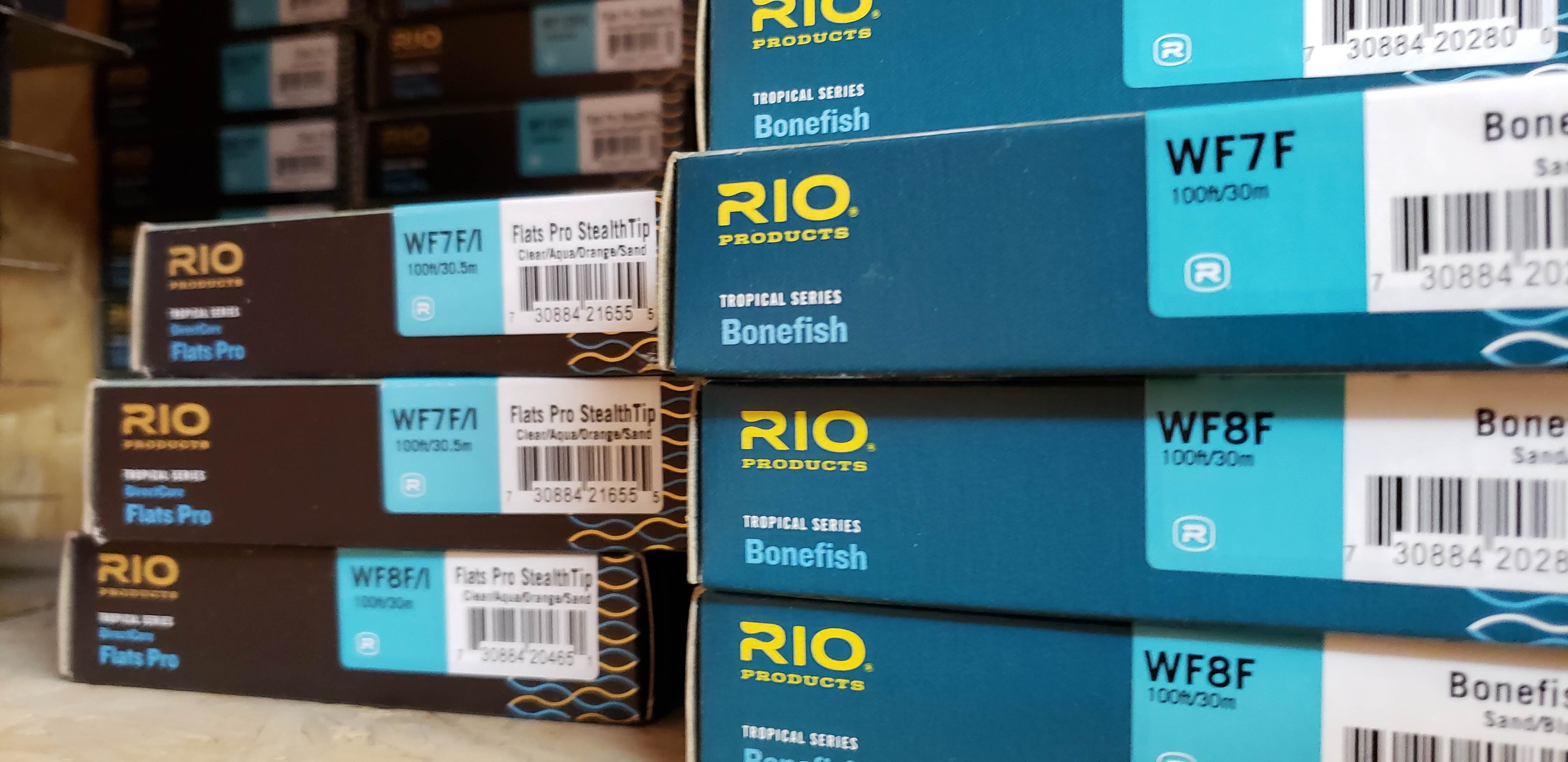

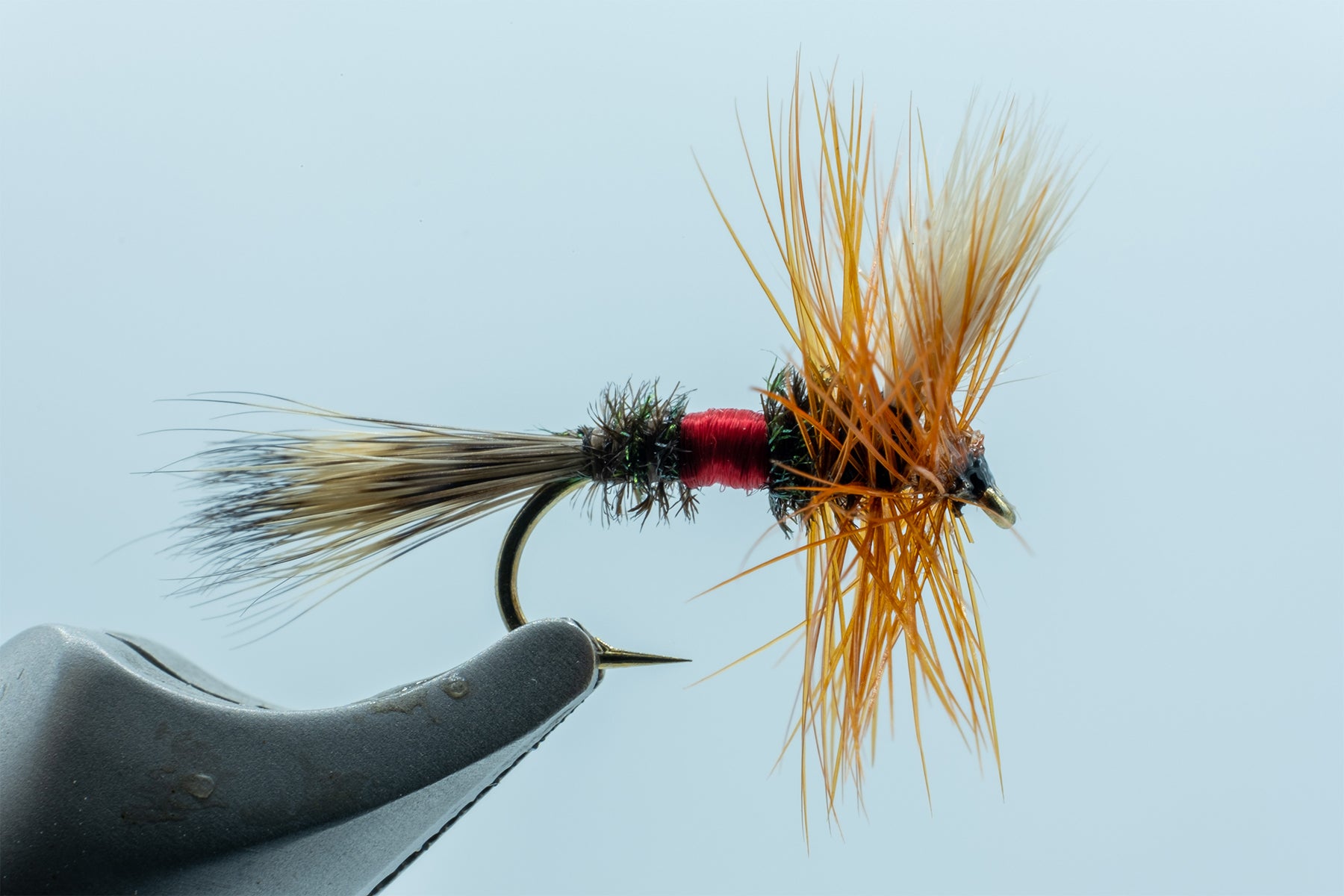
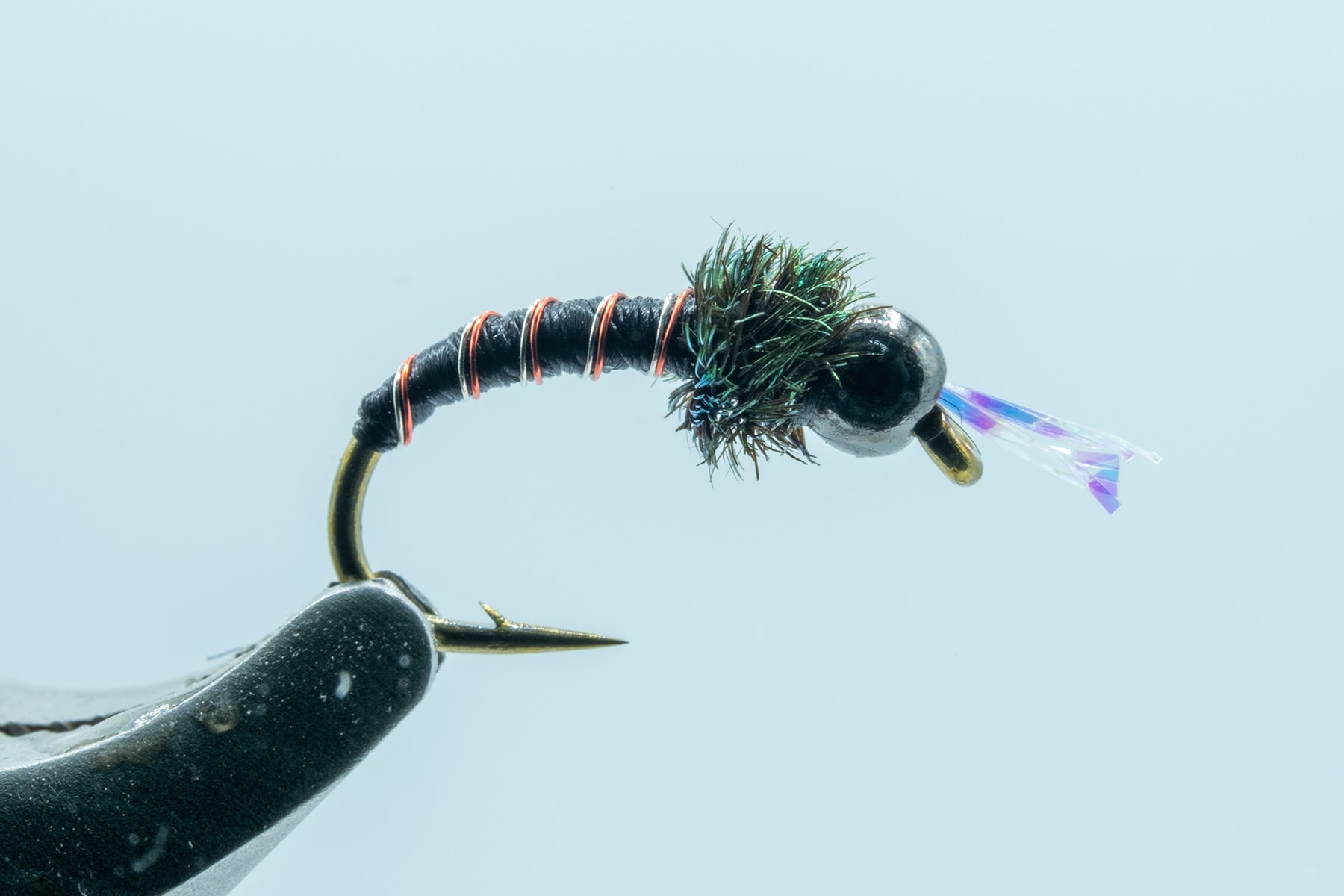
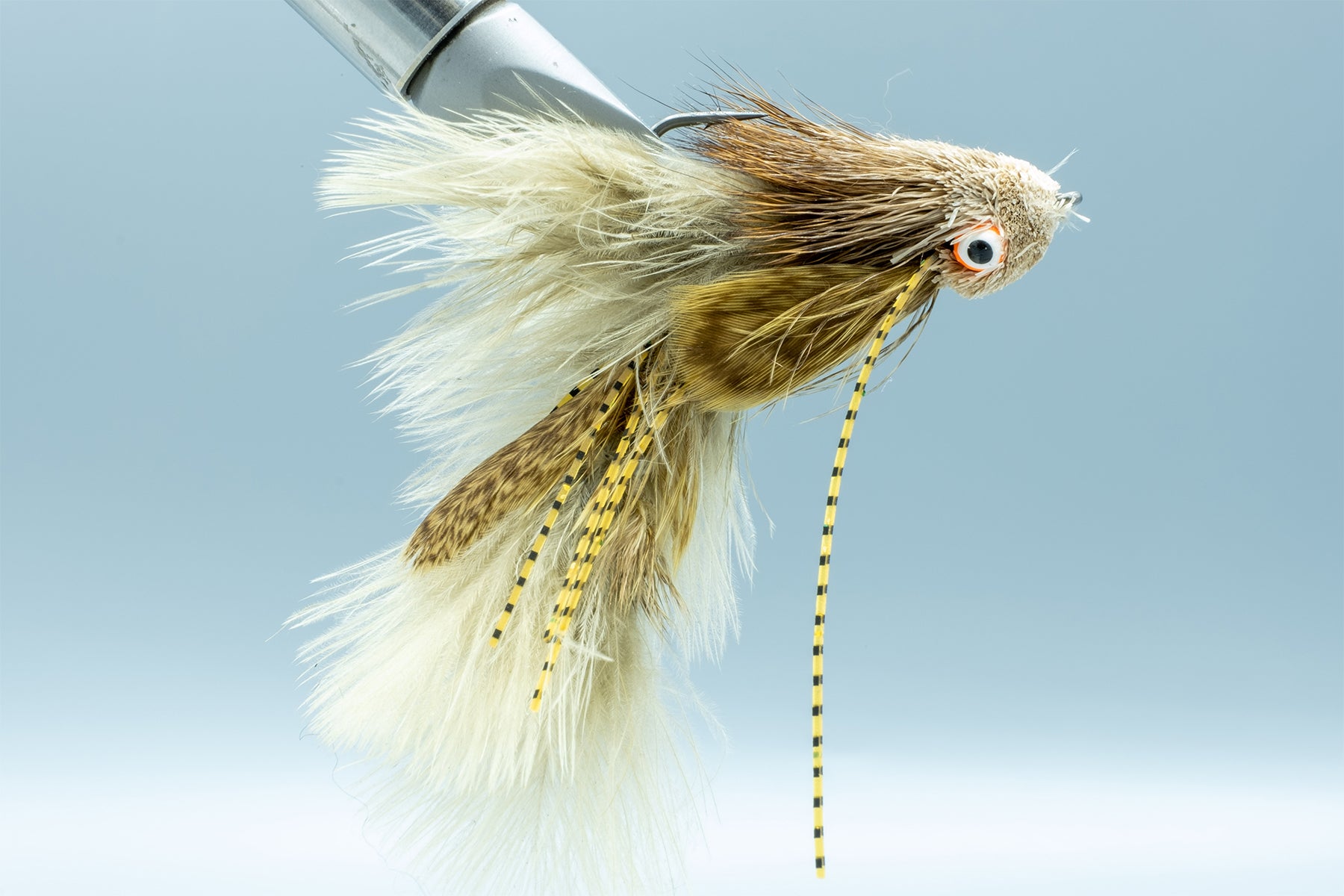
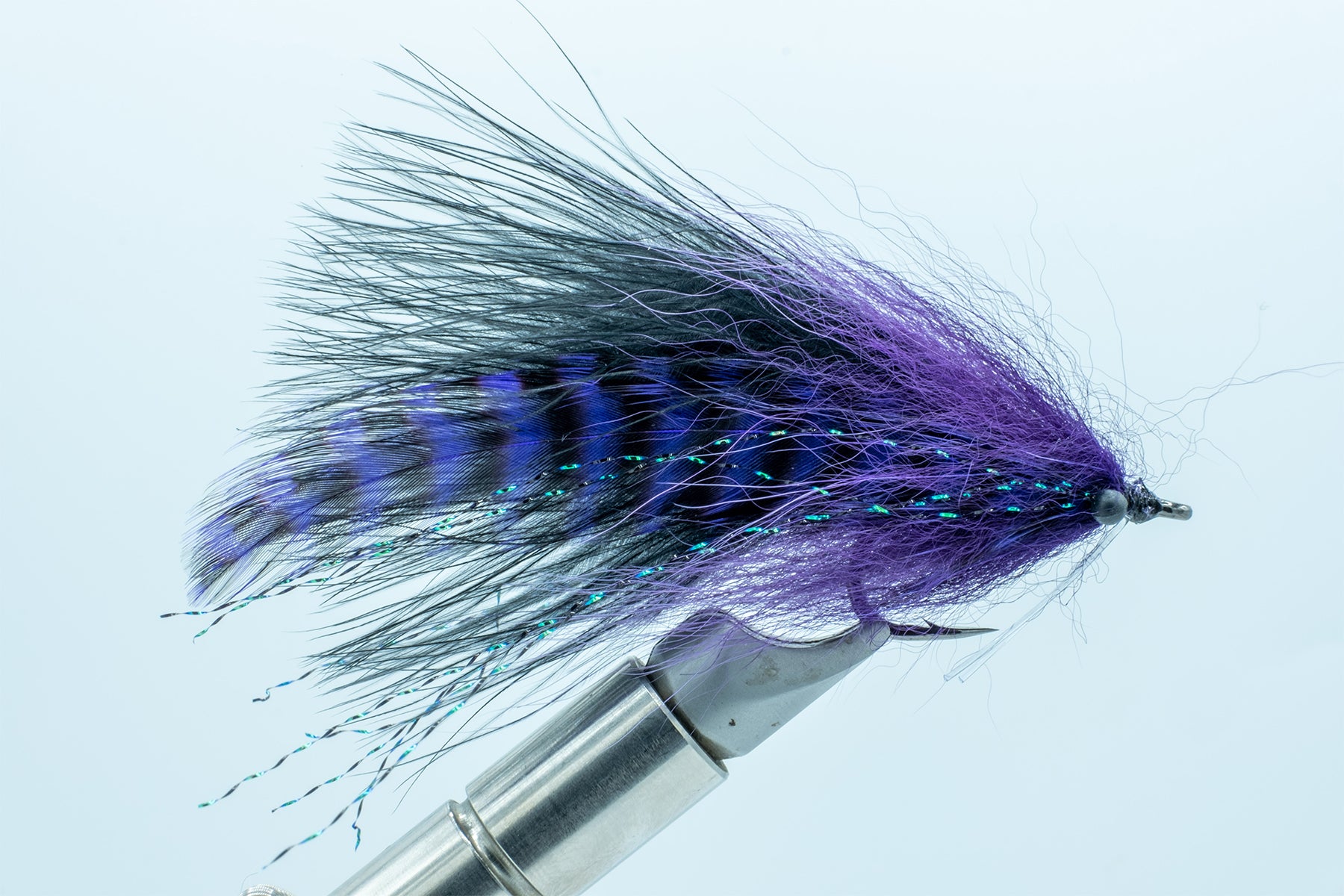
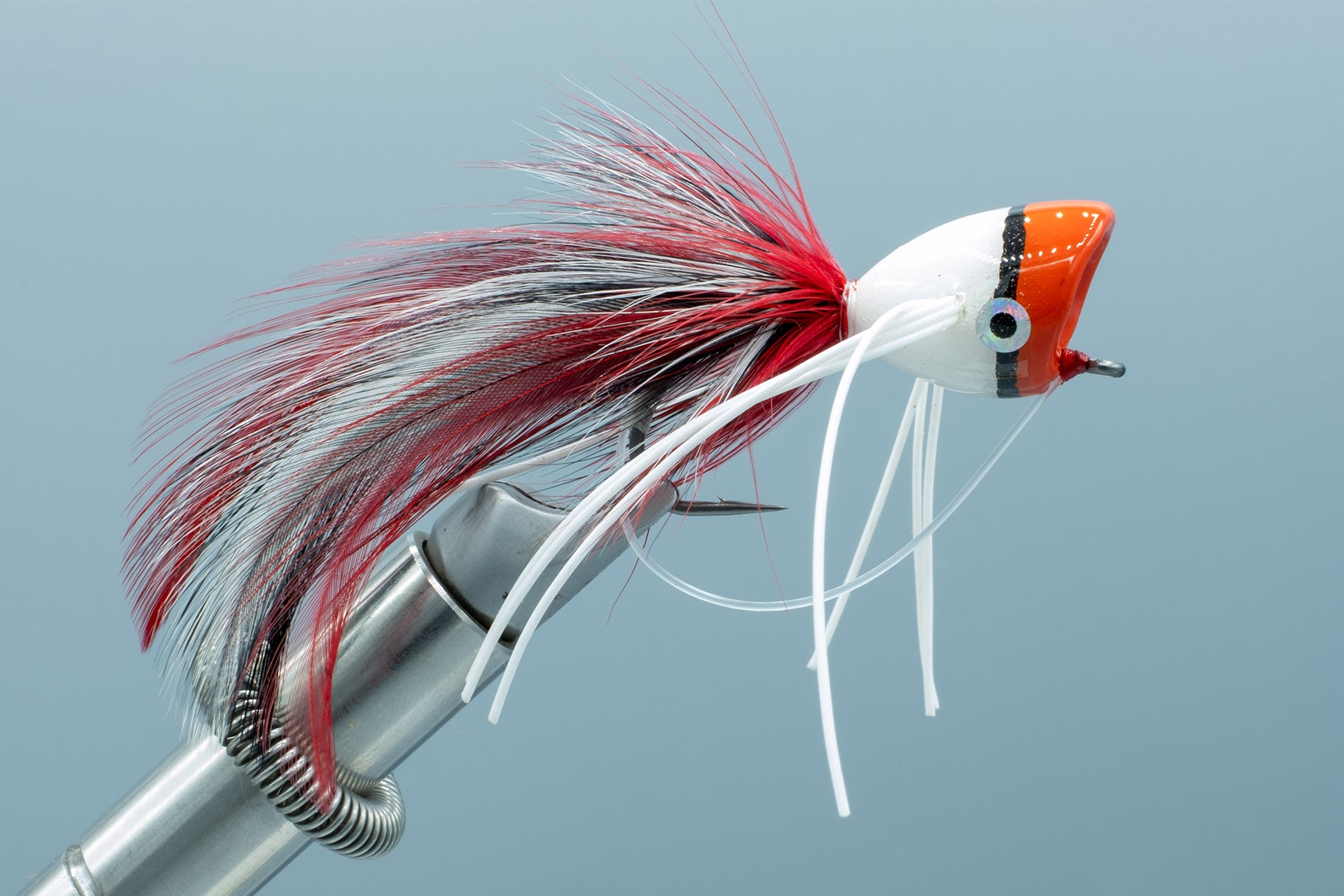
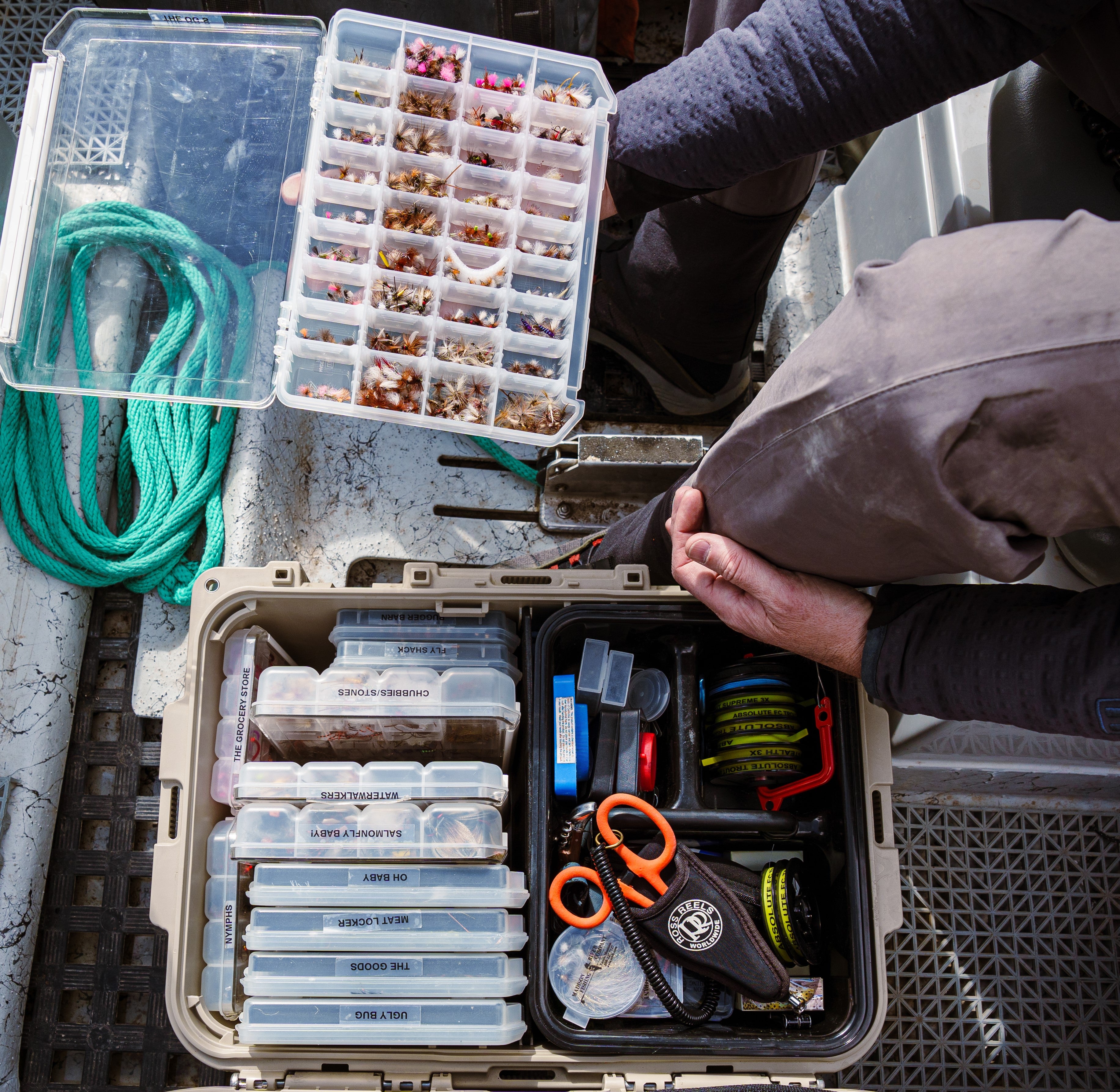
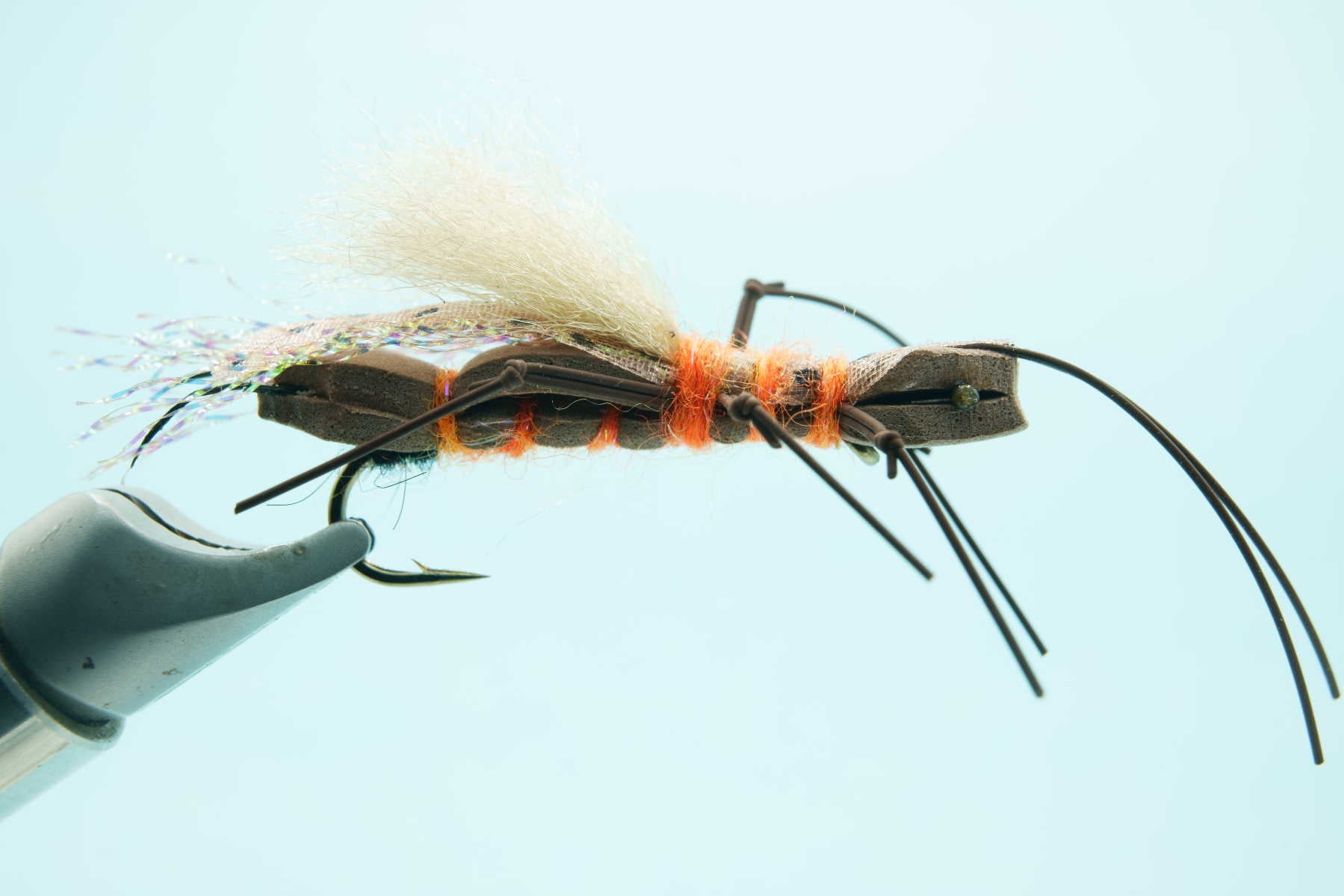
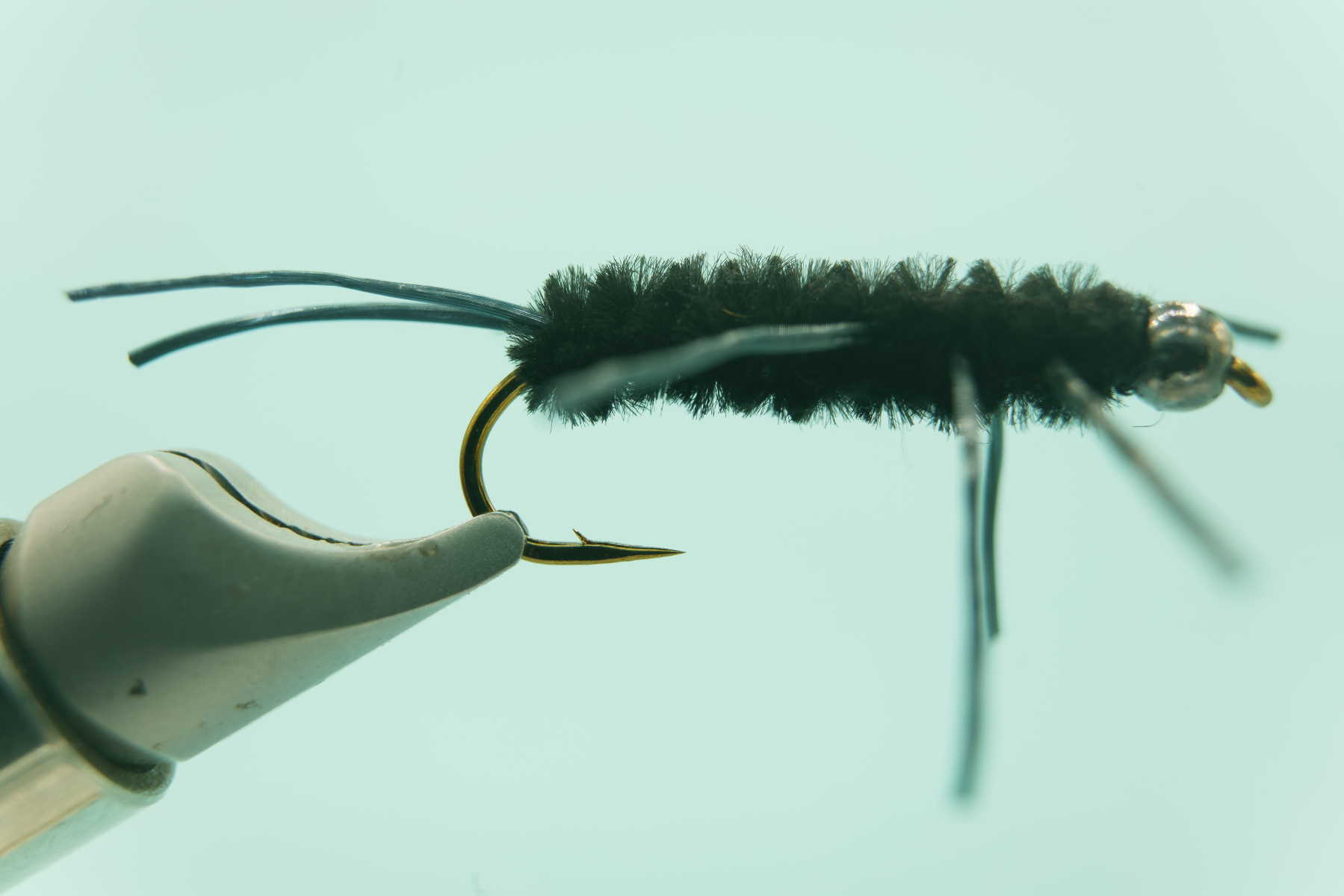
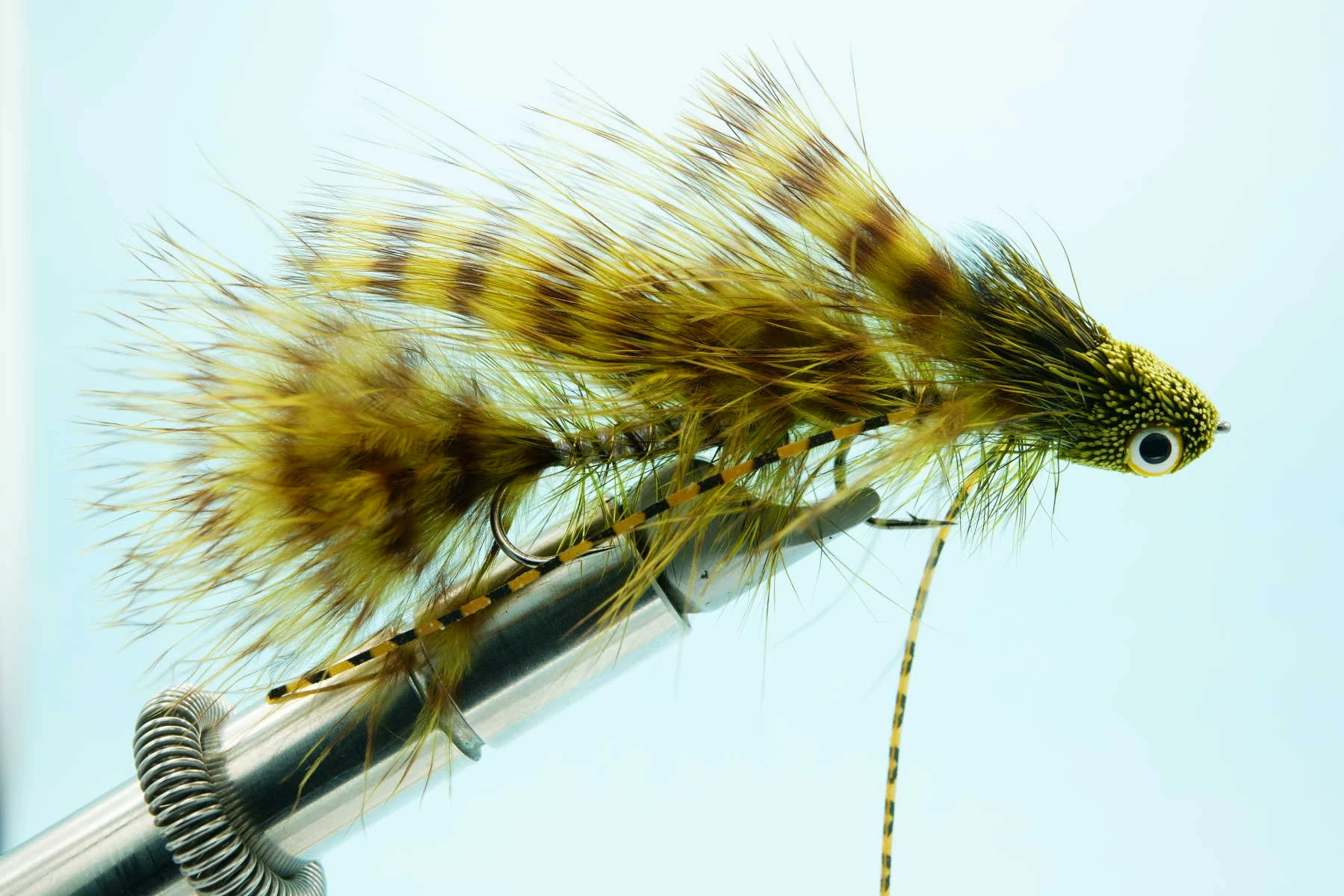
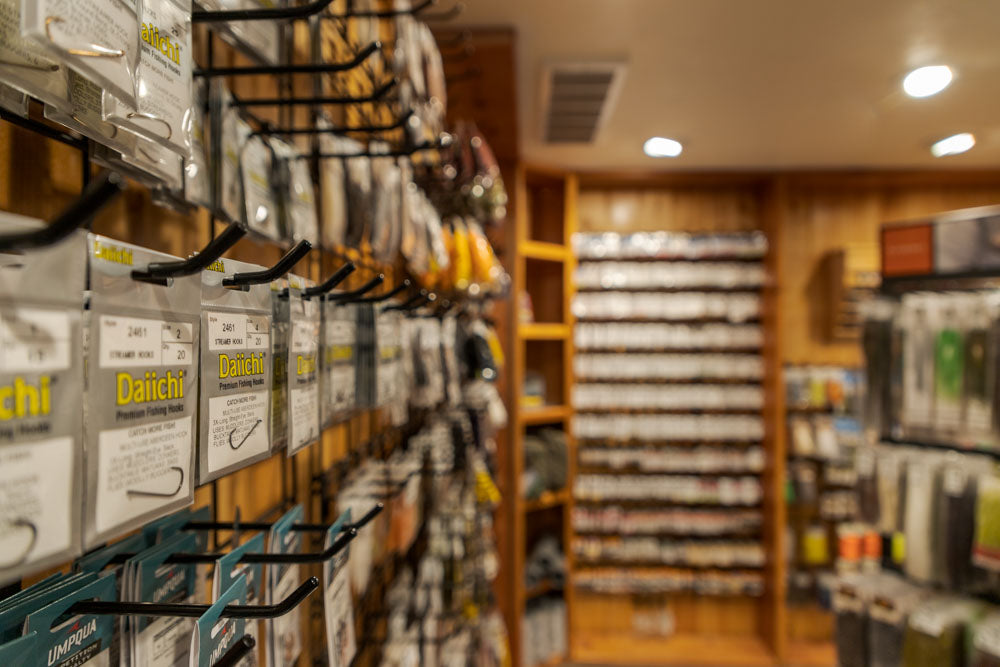



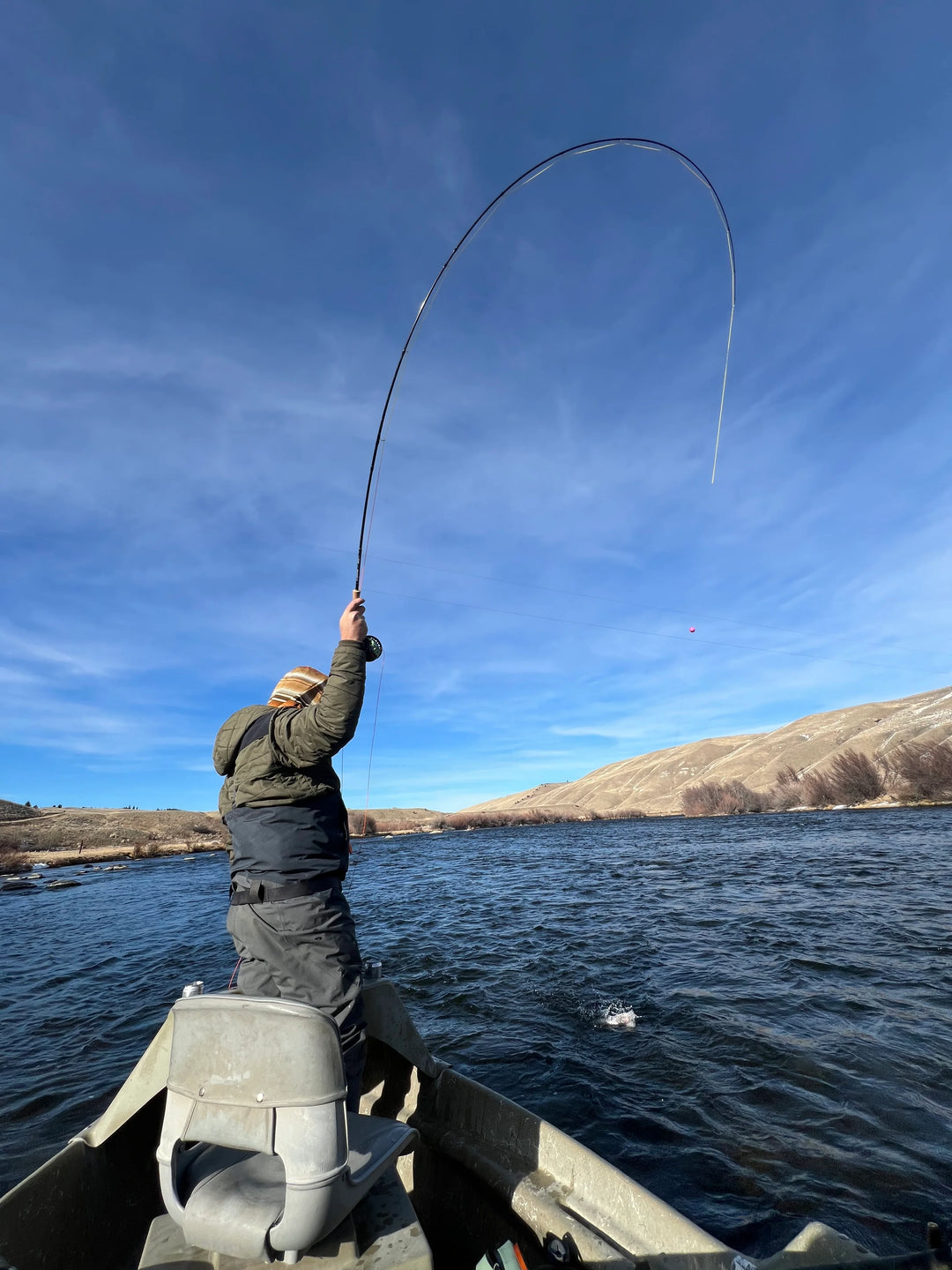
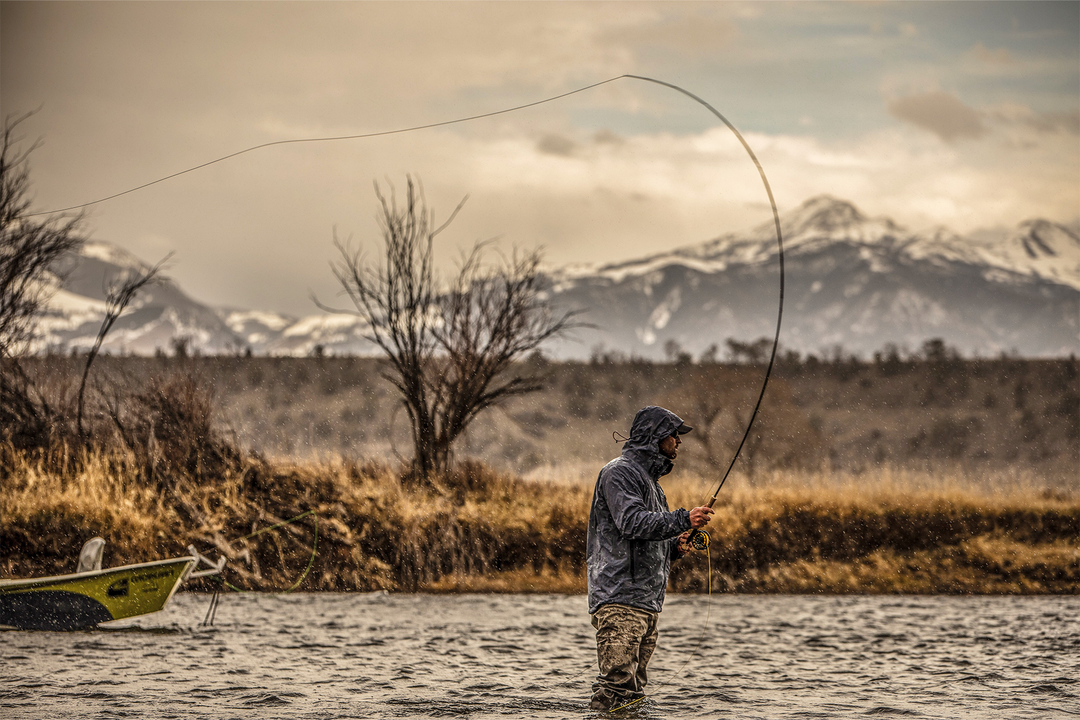
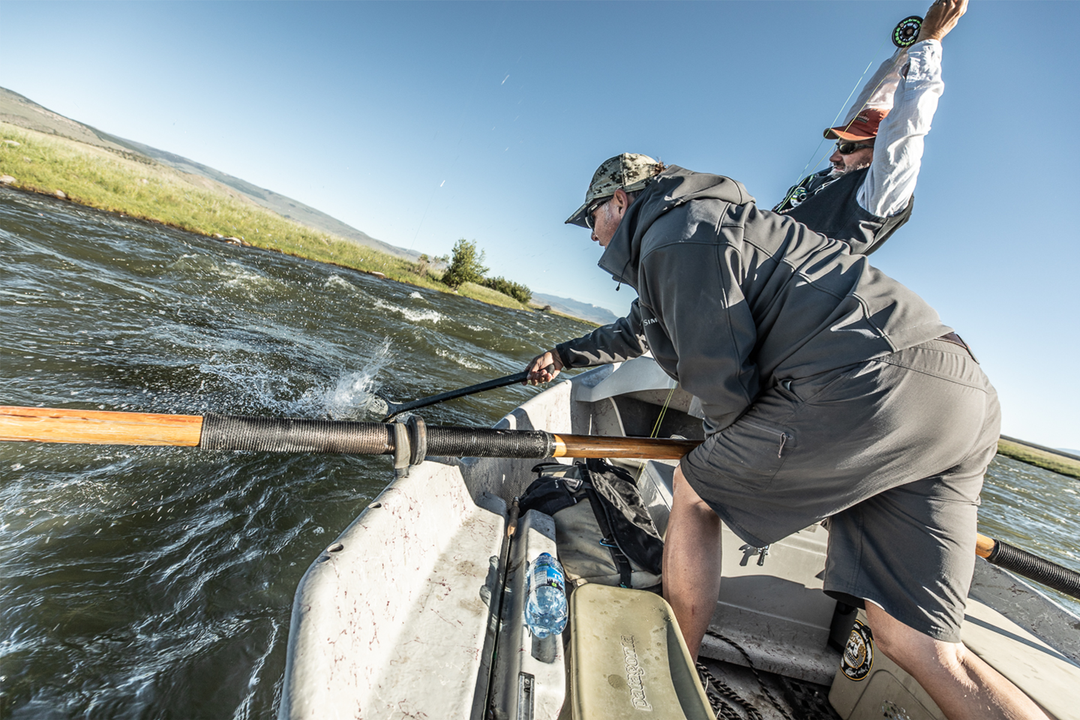
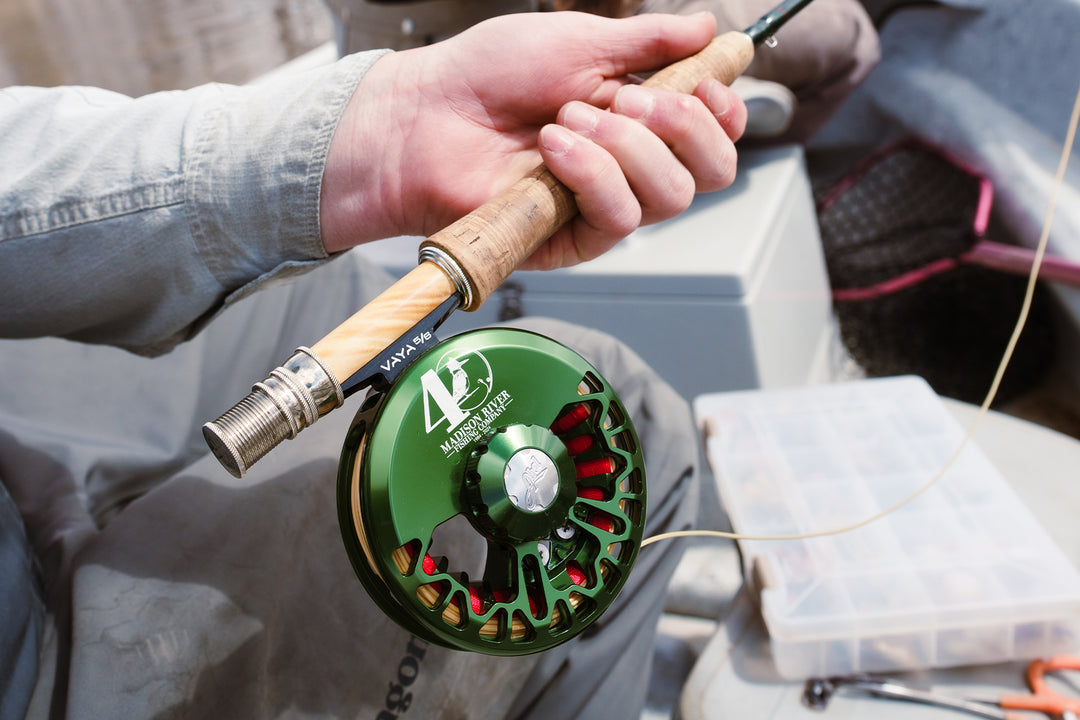
Great points on setting / striking. Learned these points about 20 plus years ago which increased my percentage of hooked fish. Wish someone had pointed this out to me to learn in the late 70’s when I started nymphing as would had significantly more hooked fish to my record.
Leave a comment